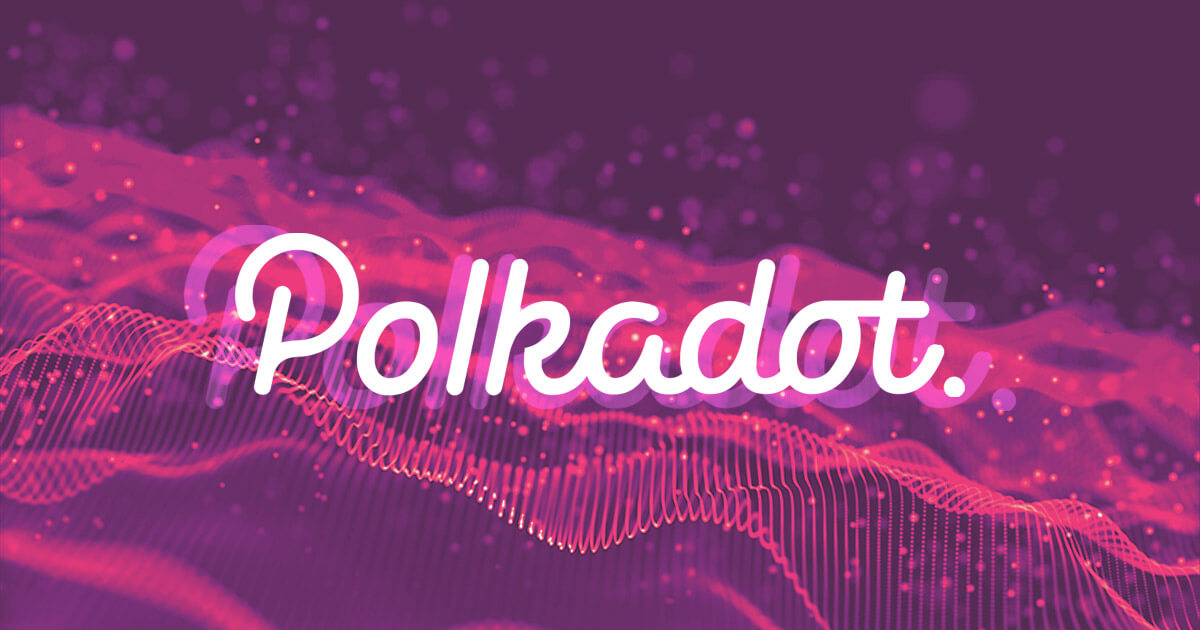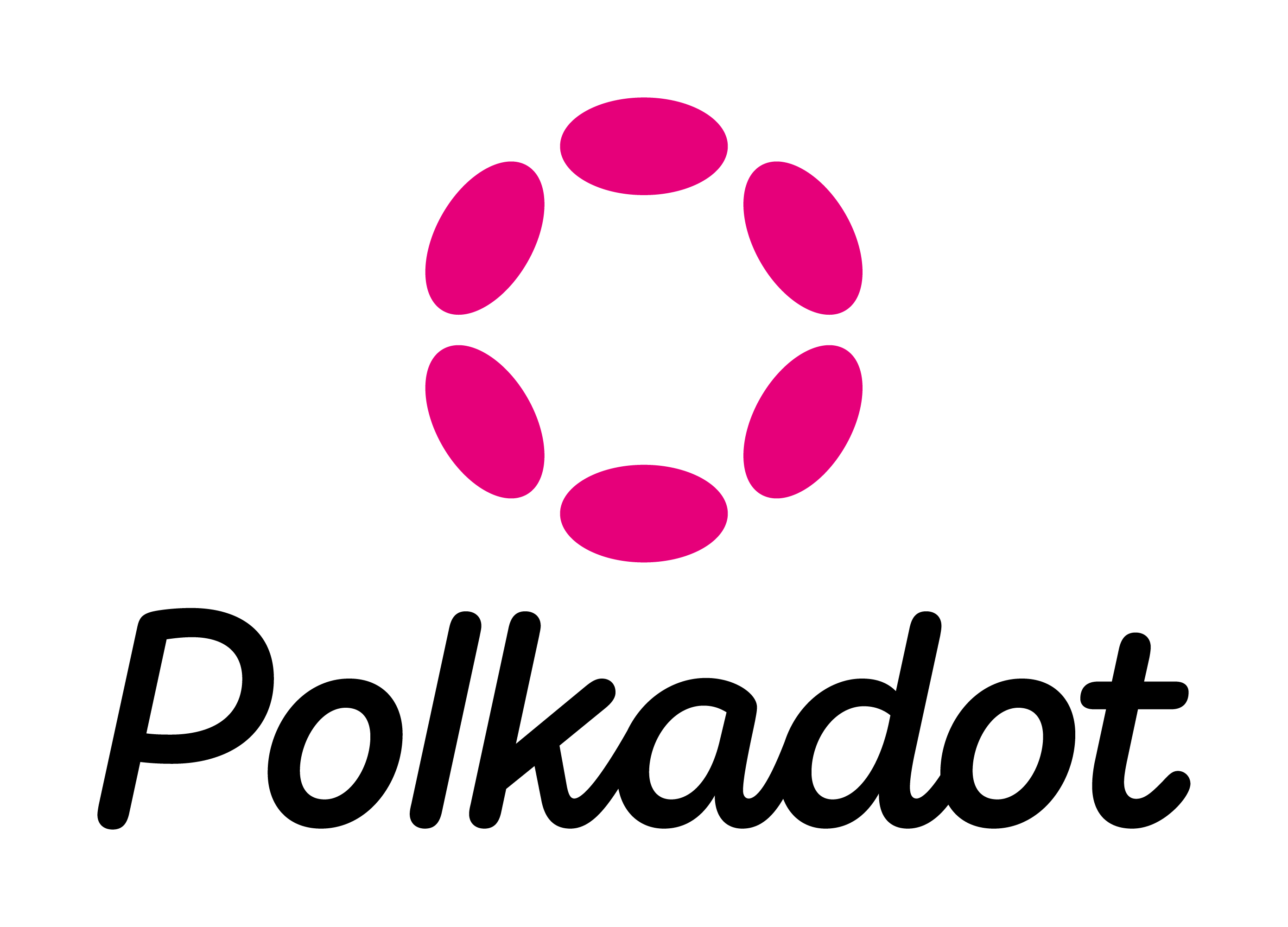Web3 Made Easy - Understanding The Polkadot (DOT) Ecosystem In Simple Terms
Unlock the power of polkadot (DOT) ecosystem! This beginner-friendly guide unravels the complex ecosystem, making Web3 accessible to everyone. Join the future of connected blockchains!
Author:Stefano MclaughlinReviewer:Camilo WoodFeb 14, 20242.9K Shares39.1K Views

Polkadot (DOT) ecosystemrepresents a cutting-edge blockchain platform and ecosystem that offers blockspace to a diverse range of Web3 initiatives. It features a varied multichain architecture and has attracted interest from a wide community of users, developers, and contributors.
Widely regarded as one of the most groundbreaking ventures in the crypto world, it stands out for its innovation. Polkadot's unique characteristics set it apart from others and provide a framework that supports a broad spectrum of practical applications in the real world.
Explaining Polkadot (DOT) Ecosystem
Put simply, polkadotoperates as a blockchain network that centers around a primary chain, known as the Relay Chain. This chain serves as a hub where various blockchains and their associated decentralized applications (DApps) can interconnect and interact.
The Relay Chain takes on the role of supporting these blockchains by managing their security and transaction processing, thereby enabling smooth cross-chain composability, which allows for modular interactions between diverse blockchains.
By fostering interoperability, Polkadot aims to address a significant limitation of blockchain technology. Rather than functioning as isolated units operating solo, blockchains can integrate into a unified ecosystem.
Within this ecosystem, not only can data and financial assets be transferred, but computer programs can also be securely and efficiently exchanged, enhancing scalability.
Although private blockchains employ technical protocols that differ from those of public blockchains, Polkadot also facilitates communication between these two distinct network types.
History Of The Polkadot Network
The origin of the Polkadot network's name is distinctive in itself: a fabric adorned with a polka dot pattern features a collection of circles that vary in size, arrangement, and design. This assortment of dots symbolizes, in a broader sense, a decentralized framework.
Polkadot's origins are deeply linked to Ethereum, with its creation led by Gavin Wood, a former chief technology officer and principal developer for Ethereum. Wood, who also developed Ethereum's smart contract language, Solidity, departed in 2016 to establish Polkadot, conceived initially as a sharded blockchain.
In October of that year, he released the white paper for Polkadot. During his time at Ethereum, Wood helped establish the EthCore Blockchain Technology Company, which subsequently evolved into Parity Technologies.
This company has been instrumental in creating significant blockchain infrastructure technologies, including the Parity Ethereum client, the Substrate development framework, and the Polkadot network.
In 2017, Wood was also instrumental in founding the Web3 Foundation, a nonprofit organization set up to back the research and development efforts for Polkadot and manage its funding activities.
In October of that year, the foundation conducted an initial coin offering (ICO) and successfully raised $145 million in just under two weeks, marking it as one of the biggest ICOs of that period.
Subsequently, over the next few months, the Web3 Foundation team engaged in a private sale to continue raising funds, supporting its objectives for development.
Polkadot Basics
Parachains And The Relay Chain
Parachains are specialized blockchains operating on a Proof of Stake (PoS) model, designed to function independently and be fully customizable by their creators.
They are tailored for specific applications, possessing unique features and programming logic exclusive to their environment. These chains act as the governance framework for the network, playing a key role in its administration.
The common thread linking these parachains is the relay chain, which oversees the network's collective security, consensus mechanism, and cross-chain interoperability. It validates data to ensure coherence across the network, facilitating consensus and the execution of transactions.
Bridges And Parathreads
Polkadot incorporates bridges as well, functioning to link various blockchains and enable the exchange of data between them. These bridges facilitate interoperability, making it possible to connect with external networks such as bitcoin(BTC) and Ethereum.
Additionally, the network includes parathreads, which are akin to a scaled-down version of parachains operating on a pay-as-you-go basis. This feature is particularly advantageous for blockchains that do not need constant connection to the Polkadot network.
Substrate
Substrate, Polkadot's blockchain building framework, extends its advantages beyond merely solving the technical challenges previously outlined. As a crucial component of Polkadot's ecosystem, Substrate significantly influences the progression of development within the industry.
It is crafted to allow teams, companies, and individuals to concentrate on creating their product, as the framework addresses much of the foundational work involved in blockchain development.
Consensus
In Polkadot's nominated proof-of-stake consensus mechanism, there are three key roles played by participants: nominators, validators, and collators:
- Nominators -They play a crucial role in securing the relay chain by choosing validators they deem reliable.
- Validators -Their duties include staking DOT tokens, verifying proofs provided by collators, and engaging in the consensus process.
- Collators -With a role less demanding than validators, collators are tasked with maintaining a record of valid transactions on parachains and forwarding this information to validators on the relay chain.
The DOT Token
The DOT token is the driving force behind the network, serving as Polkadot's indigenous cryptocurrency. It is employed for settling network charges, linking parachains to the network, participating in governance votes, securing validating privileges, and staking.
- Staking -Similar to other proof-of-stake blockchains, staking DOT serves as an incentive for network participants to maintain integrity by using DOT as a guarantee for their good conduct. Participants who stake their DOT are rewarded.
- Governance -Owners of DOT tokens have the privilege and capacity to engage in governance decisions through referenda, which is a voting system where votes are weighted according to the amount staked.
Future Of Polkadot
Taking into account the comprehensive advantages for entrepreneurs, developers, users, and investors, the progress of Polkadot promises to be captivating.
The utilization of DOT for both governance and staking, to ensure network security or to integrate new parachains, demonstrates the project's commitment to motivating engagement through participant rewards.
Notably, staking DOT emerges as one of the most attractive incentives in the cryptocurrency realm, offering an average annual yield of 14%.
The network's stability and consistency in following its development roadmap enhance its prospects. In terms of both technological innovation and economic impact, Polkadot stands out as one of the blockchain sector's most creative contributions.
Furthermore, from an ecosystem standpoint, Polkadot has experienced significant expansion, attracting a range of high-quality projects. As such, the forthcoming months will be pivotal in assessing the network’s true potential.
Frequently Asked Questions - Polkadot (DOT) Ecosystem
Is Polkadot Associated With The Metaverse?
Polkadot ranks among the top three metaverse cryptocurrencies globally, heralded as the next big thing in crypto. Its design focuses on interconnecting various blockchains, aiming to solve the problems stemming from insufficient interoperability.
Is Investing In Polkadot Cryptocurrency Wise?
Similar to other cryptocurrencies, DOT is subject to notable price volatility, which renders it a high-risk investment. Consulting with a financial advisor who has expertise in cryptocurrency is recommended to determine whether DOT aligns with your investment objectives and strategy.
How Many Projects Are Developed On Polkadot?
There are approximately 550 projects that have been launched or are in the process of being developed on Polkadot, marking a significant achievement in the network's inaugural year of operating with active parachains.
Conclusion
Polkadot (DOT) ecosystem has rapidly emerged as a pivotal force in the blockchain industry, exemplifying innovation and interoperability. It underscores the network's robust and scalable infrastructure capable of supporting a diverse range of applications. As Polkadot continues to evolve, its role in shaping the future of decentralized applications and the wider Web3 landscape becomes increasingly apparent. The ecosystem not only promises enhanced connectivity and security across its parachains but also fosters a new era of blockchain utility that could redefine digital interactions on a global scale.

Stefano Mclaughlin
Author

Camilo Wood
Reviewer
Latest Articles
Popular Articles


